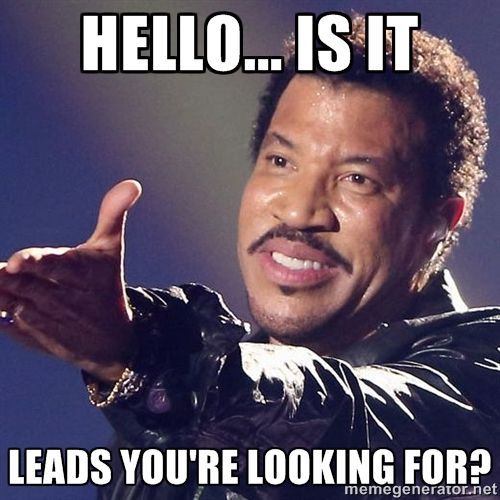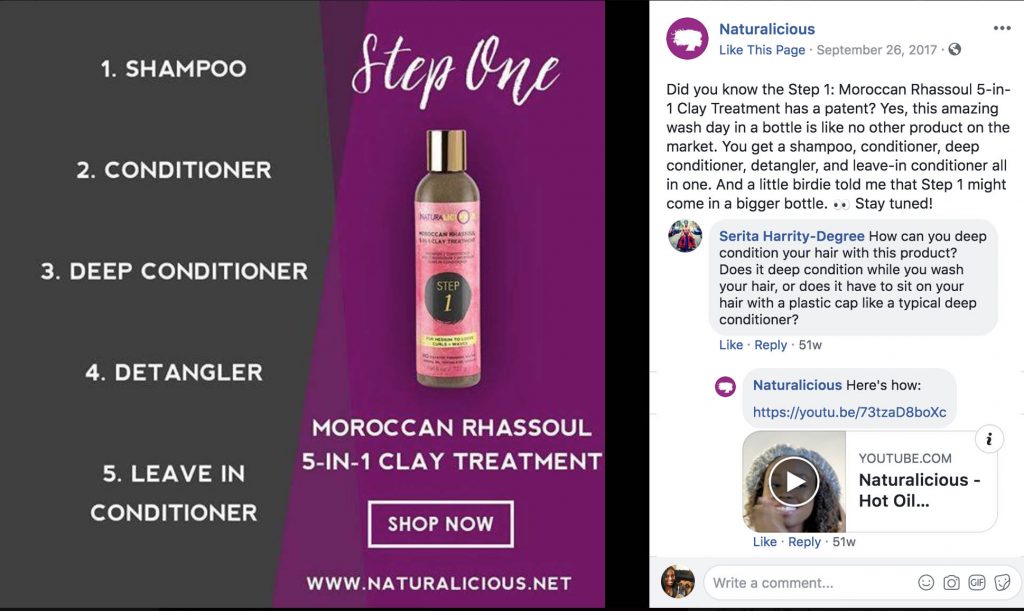Growing up, I initially wanted to be a lawyer. When my mom’s coworker was studying for the bar, she let me borrow one of her law books. As much as I love reading, that book intimidated me and made me consider other career paths.
I then read another book, a fiction love story, and the main character owned a PR company. From then on, I pursued public relations, marketing, and events.
Except for some clerical and customer service jobs, my entire career has been in marketing. I completed dozens of internships working in Social Media Marketing. Along the way, I learned additional strategies & tools:
- Search Engine Optimization (SEO)
- Search Engine Marketing (SEM)
- Pay-Per-Click Advertising (PPC)
- E-mail Marketing
- Content Marketing
- On & on…

A similar meme is posted in our office.
Marketing continues to evolve, but I want to shift gears a bit and dive more into UX and other design disciplines.
LinkedIn has been a go-to for me lately, as they have a new feature called Career Advice. Just like it sounds, you can either give advice or receive advice from professionals in your chosen field. I’ve used the function several times, and have made some meaningful connections.
My default message goes a little something like this:
I’d love to receive advice on how to take my background in digital marketing (search, social, and blogging) and make it relevant to my new focus in design (UX and product). Where do you see the intersection? What does the UX/Product world need that marketing has to offer?
So far, I’ve gotten great feedback from Senior Product Designers, UX Designers, Front-End Developers and more. Some of the responses include:
UX is already a part of Marketing
One Product Designer told me, “Think about how you use your marketing to provide a good experience to the user by informing them of what they didn’t know, etc.” A big part of marketing is messaging. From brand slogans to web copy, your goal is to let potential and existing customers know why they need the product you’re selling.
When I worked on the social media for Naturalicious, I made branded graphics and replied to comments explaining how to use the product to achieve the best results.

UX and Marketing can both take place IRL & online
Great advice from a UX Designer, “Experience design goes beyond simply an app or web application. Experience design is in everything from how we interact with customers in retail stores to an end user for the next big mobile application. UX is more focused on specific touchpoints. As an experience designer we rely on research. Marketing does as well.”
On my last trip to Sephora, I had a great shopping experience featuring their ColorIQ technology. Using this tech, they’re able to match you with the perfect shades of foundation. If you haven’t tried it in the store, you can start the process online. If you did try it in the store, you could do your shopping on the website.
I went to Sephora and they have this ColorIQ technology. They take a pic of your face with this device, it gives a code, then it shows you all the brands and colors in your code. I got a tinted YSL moisturizer
— The COUNT is Off (@koolmoebri) August 4, 2018
UX and Marketing both work off a hypothesis
When I asked my question to a Senior Product Designer, he responded, “You form a hypothesis (“I believe using a particular keyword to target our demographic will result in xx clicks”) and create tests to evaluate if the hypothesis is true. If the strategy is not effective, and your hypothesis is not true, you learn from it, iterate/pivot your strategy to test an alternate hypothesis.”
So true. In my day job as an SEM/PPC Campaign Manager, a big chunk of my job is based on the same hypothesis he mentioned. “I believe this keyword will bring the traffic, clicks, and conversions we’re looking for.” I then optimize the account based on if that hypothesis proved to be true or false.
UX and Marketing both focus on users’ responses
The conversation I had with one UX Designer was great because she also has a background in marketing. She told me, “Through marketing, you’ve learned what users respond to, and how to attract them. Now you can parlay that knowledge into focusing on what made them happy.”

Users are the bread and butter in both disciplines. The nice advantage I have here is that I’m more empathetic to the user before, during, and after their interaction with the product. I can use my marketing chops to draw them in, and the UX chops to keep them around.
LinkedIn’s Career Advice feature allows me to reach out to 3-5 people twice/week. While I’ve gotten some super helpful responses, some messages go unanswered. No biggie. Everybody’s busy. But for the ones who have taken the time out of their day to help me understand how I can bridge the gap, I greatly appreciate it.
Have you used LinkedIn’s Career Advice feature, whether as the advice giver or receiver?

